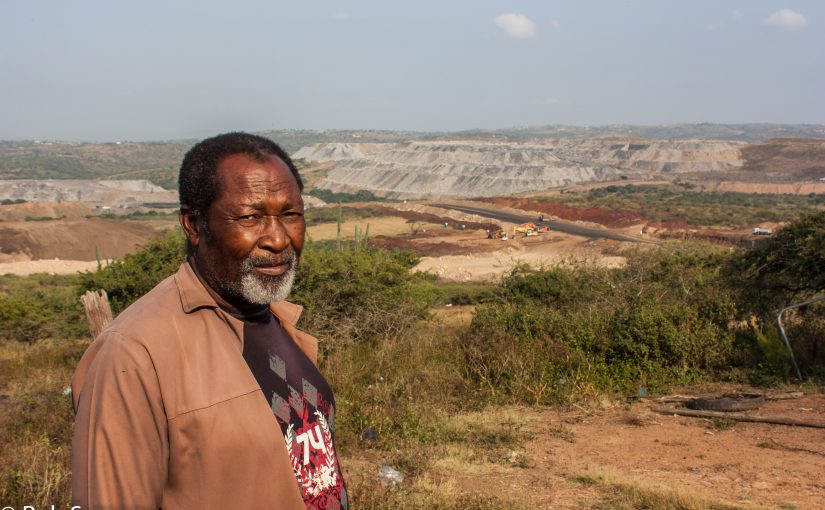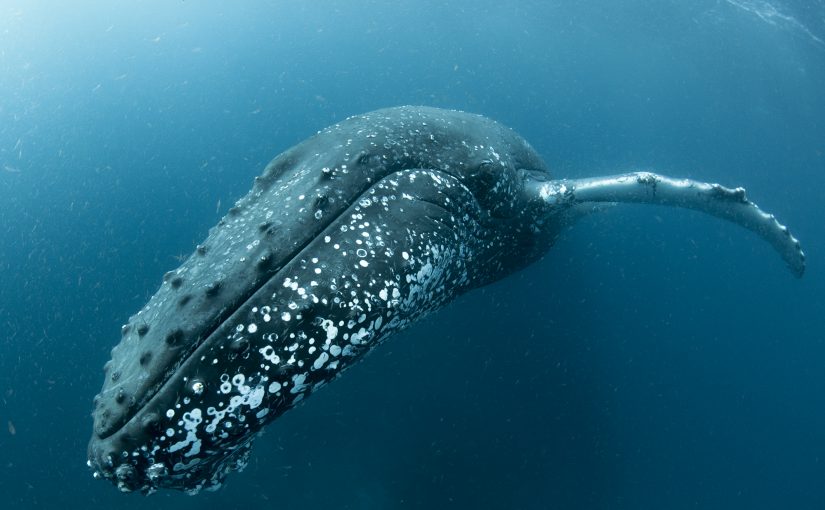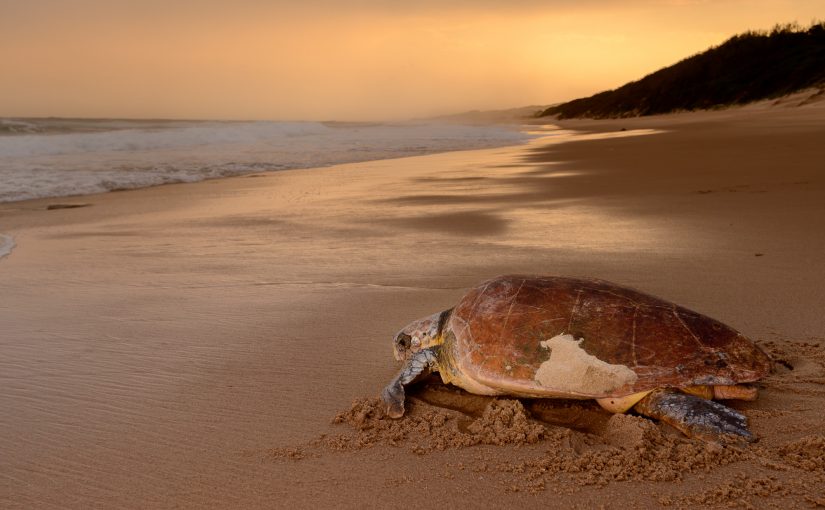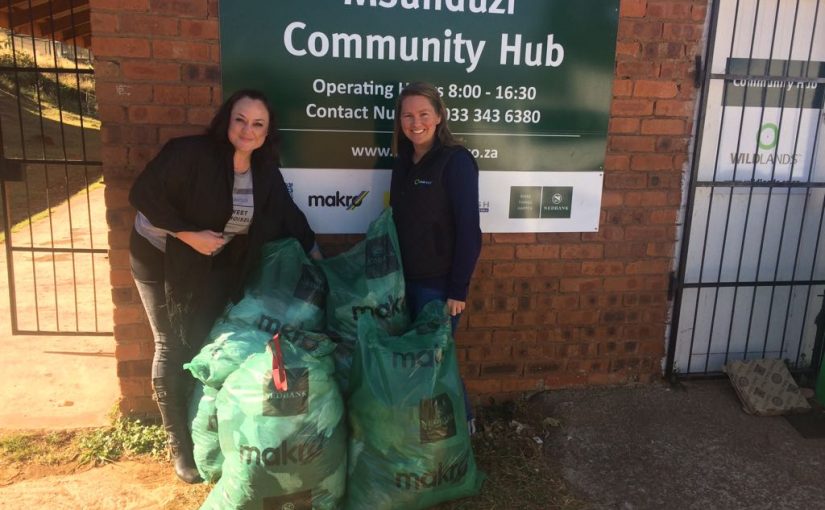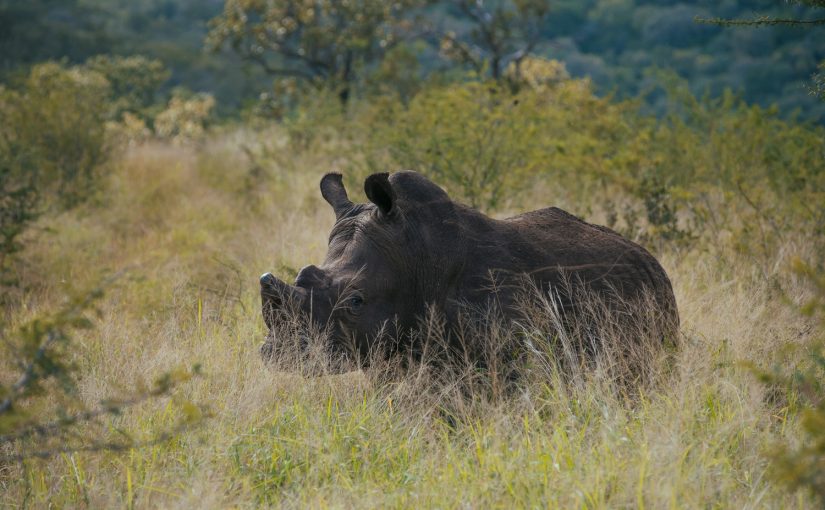In an application to be heard in the high court in Pietermaritzburg, evidence will be tabled before Judge Seegobin of how, since 2017, the mine has been violating the National Environmental Management Act by breaching environmental and other laws. The mining company operates illegally next to arguably the most sensitive area in South Africa, with the largest population of rhinos in the world.
Tendele’s human rights abuses and negative impacts on the lives and livelihoods of the greater Mpukunyoni area, where Somkhele is situated, will be tabled in various reports, including the South African Human Rights Commission’s recently released report on hearings with mining affected communities that include Somkhele. Meanwhile, Tendele plans to expand its operation and has identified 124 households to be moved from their rightful land. Many more families will lose their livelihoods and have their lives and health destroyed by living in close proximity to the mine.
“Furthermore, environmental degradation, and the failure to conserve biodiversity, prejudice the realisation of numerous other human rights, particularly the right to equality, but also the rights of access to sufficient food and water, health, housing, land and ultimately, the right to live with dignity.” [Extract from SAHRC report, p.41]
The application is brought forward by The Global Environment Trust (GET) and members of Mfolozi Community Environmental Justice Organization (MCEJO) who believe #LawApplies2All. The applicants seek that the court interdicts and restrains Tendele Mining company from carrying on any mining operation in the area until it has complied with the law.
Kirsten Youens, attorney for the applicants sums it up by saying: “We are relying on our judicial system to ensure that justice is done. The law must be complied with by all, not a select few. This is an opportunity for a clear statement to be made that it is unacceptable for mining companies to comply with the law after they have already commenced mining and only when ordered to do so. The environment and thousands of people’s lives are at stake.”
For the latest on this case see the following links:
The Truth about Tendele – Mine throws Lie Line: https://wp.me/p768Un-HN
Summary of the Court case with links to court papers: https://wp.me/p768Un-HV
For background on Save our iMfolozi Wilderness Campaign: https://saveourwilderness.org

